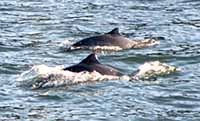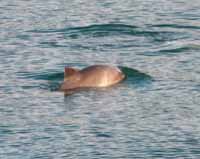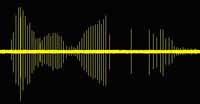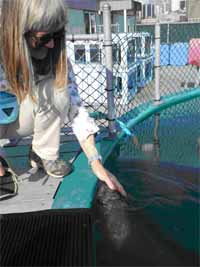Acoustic Recordings of Orphaned Harbor Porpoise at the Marine Mammal Rescue Center in Vancouver in 2009
Daisy is an orphaned harbor porpoise that was rescued and is being raised at the Marine Mammal Rescue Center in Vancouver, BC, Canada.
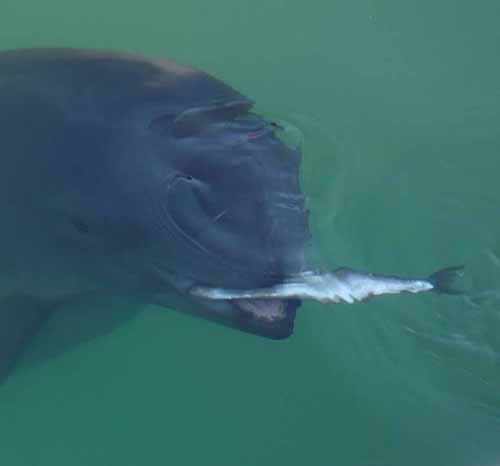
Daisy had a visitor from Pacific Biodiversity Institute of Winthrop, Washington. Aileen Jeffries brought a CPOD (a type of passive acoustic monitor) to the Marine Mammal Rescue Center to test its ability to detect the harbor porpoise. She used a separate high-frequency hydrophone that recorded at the same time as the CPOD to learn how well the two instruments corresponded in their measurements of harbor porpoise acoustic signals. Daisy was most cooperative. The loudest ultrasound signal came when Lindsay (her trainer and caregiver) brought the fish for lunch.
Harbor porpoise do not vocalize in the audible range like the beluga whale. Instead, they use high-frequency echolocation to detect obstacles in their surroundings and to locate fish. Humans hear best in the range of 20 Hz to 20,000 Hz, cycles per second, but porpoise echolocation is in the range of 120 to 150 kHz.
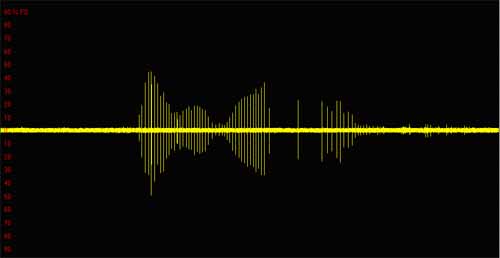
Aileen is investigating the possibility of using CPODS to determine the presence of harbor porpoise in the wild. Harbor porpoise were once abundant in Puget Sound, and now they are rarely sighted south of Seattle. While Canada has identified the harbor porpoise a species of concern and Washington has done the same, the U. S. Federal government has not yet made a listing decision.
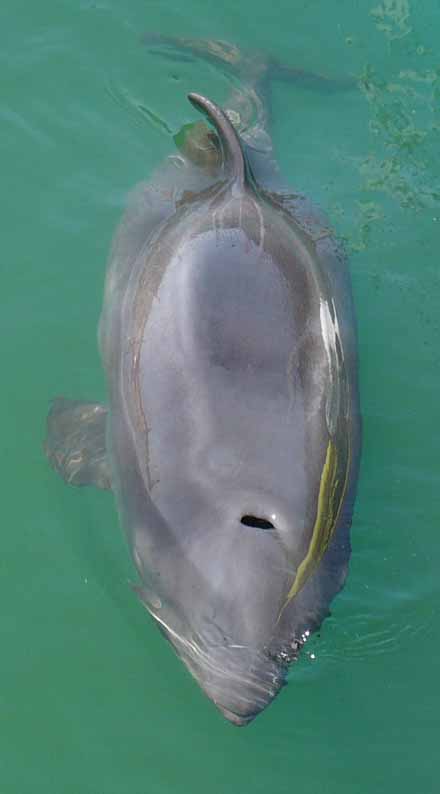
Daisy was the subject of many news stories, and you can find articles about her and another rescued harbor porpoise, Jack, by googling "vancouver porpoise daisy".
Copyright © Pacific Biodiversity Institute
PO Box 298, 517 Lufkin Lane
Winthrop, WA 98862 509-996-2490
 Salish Sea
Salish Sea